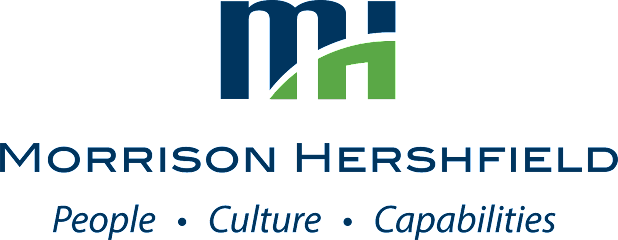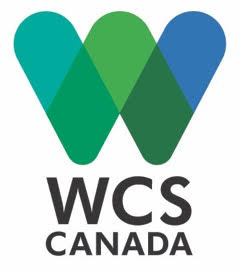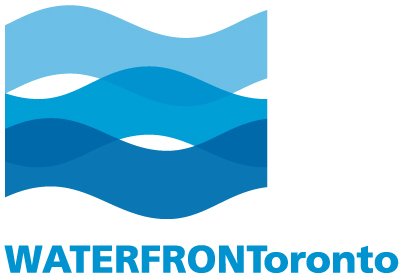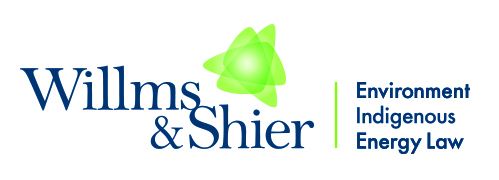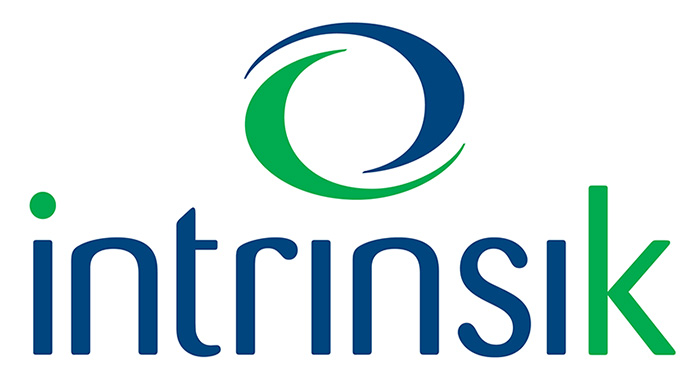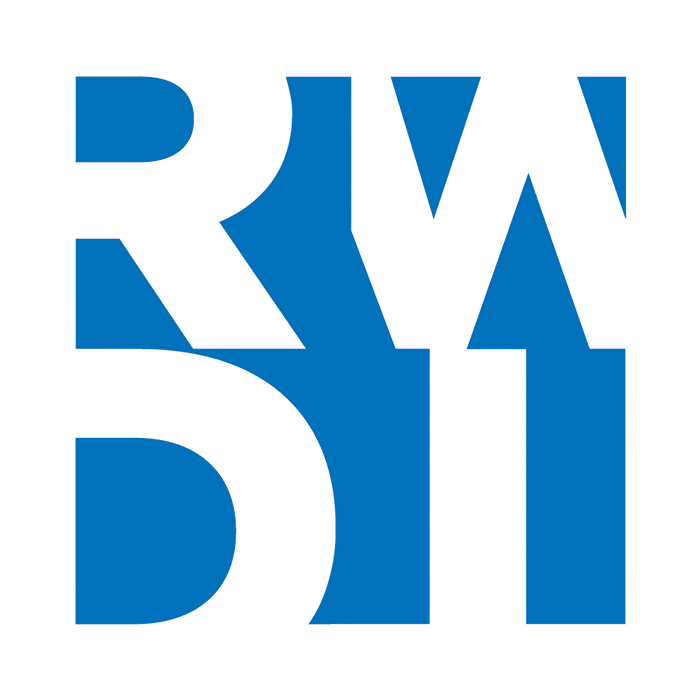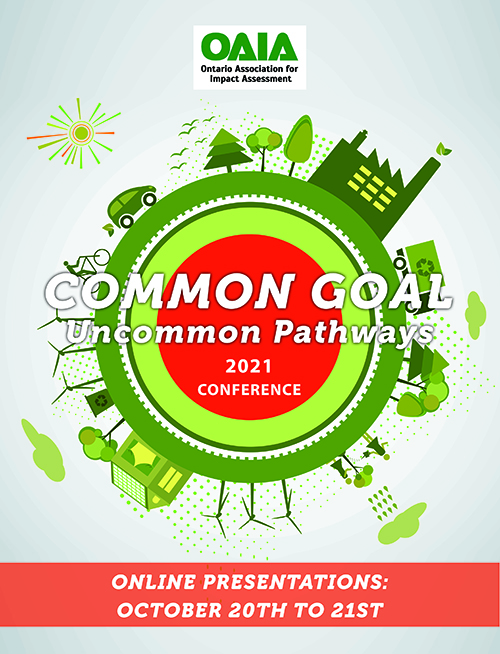Common Goal, Uncommon Pathways
DATE: October 20th – 21st, 2021
LOCATION: Virtually Hosted
OVERVIEW:
The goal of Ontario’s Environmental Assessment Act is the “betterment of the people of the whole or any part of Ontario by providing for the protection, conservation and wise management in Ontario of the environment”. This is a goal that many Ontarians share. As practitioners, we have learned a great deal in the last 46 years, about practice and outcomes in trying to achieve this goal through impact assessment programs in Ontario as well as from other jurisdictions across Canada and best practices emerging internationally.
Over the last four decades, impact assessment in Ontario, and indeed across Canada, has evolved. There is new legislation federally as well as in many parts of Canada. Over the past 46 years, some of the pathways to delivering on betterment have involved new concepts such as sustainability and gender-based analysis. Other pathways have focused on developing and applying new assessment frameworks, evaluation systems, and decision-support tools. Still others have addressed streamlining the process and improving engagement, emphasizing inclusivity and collaboration.
This year’s conference theme reflects on the experiences of delivering the common goal of betterment by providing for the protection, conservation and wise management of the environment through impact assessment in Ontario. At the same time, we will consider the future of impact assessment, highlighting innovative pathways together with examples of what is working well. These can include pathways that enable Free, Prior and Informed Consent (FPIC) and the implementation of UNDRIP for impacts affecting Indigenous Peoples as well as cooperation and collaboration; meaningful engagement with stakeholders; and deeper understanding of impacts, risks and opportunities on social, cultural, and health values. In addition, we are interested in pathways that highlight the role and value of science as well as other ways of knowing, including Indigenous Knowledge; evolving expectations for corporate social responsibility; and equity and efficiency in decision-making based on impact assessment.
This conference has a wide appeal to those working in different disciplines and sectors and is broad enough to engage with a range of practitioners, Indigenous Peoples, academics, and others on the following:
Common Goal, Uncommon Pathways of Engagement
- Indigenous Peoples: Evolution of consultation practices toward Free, Prior and Informed Consent (FPIC) and implementing UNDRIP
- Stakeholder Engagement: The spectrum of engagement practices and the role of social media
- Regulatory effectiveness: Unnecessary red tape to effective, informed decision-making
- From data to knowledge: Using science, best practices, Indigenous and local Knowledge to address uncertainty and inform decision-making
- One project, one assessment: Evolution of multijurisdictional processes and harmonization successes
- Risk management: Tempered decision-making with engagement supporting a faster yes or faster no and the role of public hearings and appeals processes
Common Goal, Uncommon Pathways for Projects
- Delivering on betterment: Biophysical, cultural, technical, social and health impact assessments and Indigenous-led impact assessment
- The evolution of corporate social responsibility
- The emergence of equality, diversity, and inclusion analyses in impact assessment
- Lessons learned from remote, large-scale developments
- Cumulative effects assessment: Lessons learned at the project, regional and strategic level
- Looking back to consider the future: Indigenous perspectives on project-level impact assessment and emerging Indigenous-led IA
- Compliance and IA follow-up and monitoring: What is working well?
Common Goal, Uncommon Pathways and the Future of Impact Assessment
- The climate test, guidance, and new tools for addressing climate change in impact assessment
- Meeting Ontario and Canada’s commitments on biodiversity conservation
- Indigenous-led impact assessment
- Addressing food sovereignty through impact assessment
- Addressing sustainability
- The importance of advisors and experts
- Visions for IA in the next fifty years
2021 Video Presentations
| Session 1 – Where We Have Come From | https://youtu.be/pcp_ateQcs0 |
| Session 2 – Where we are – Government Perspectives | https://youtu.be/Qx4wEv2x2so |
| Session 3 – Where we are – Proponent Perspectives | https://youtu.be/wVaOPDXtF-E |
| Session 4 – Where we are – Northern Perspectives | https://youtu.be/V_rm0GBMdZo |
| Session 5 – Where we are – A critique of Federal Impact Assessment Practice | https://youtu.be/FTFRm82IrTs |
| Session 6 – Where we are – Perspectives on engagement in IA, particularly First Nations (Part 1) | https://youtu.be/vyK-ar1aMog |
| Session 7 – Where we are – Perspectives on engagement in IA (Part 2) | https://youtu.be/kA7qQIS7jW4 |
| Session 8 – Where we are – Proponent perspective on complex Class EAs in Ontario | https://youtu.be/GfATFJoVEQI |
| Session 9 – Where we are heading – The Future of IA in Ontario and beyond | https://youtu.be/5e3tlHXt0C4 |
2021 Conference Presentations
Official Conference Sponsors
Thank you to the following sponsors of the 2021 Conference:
